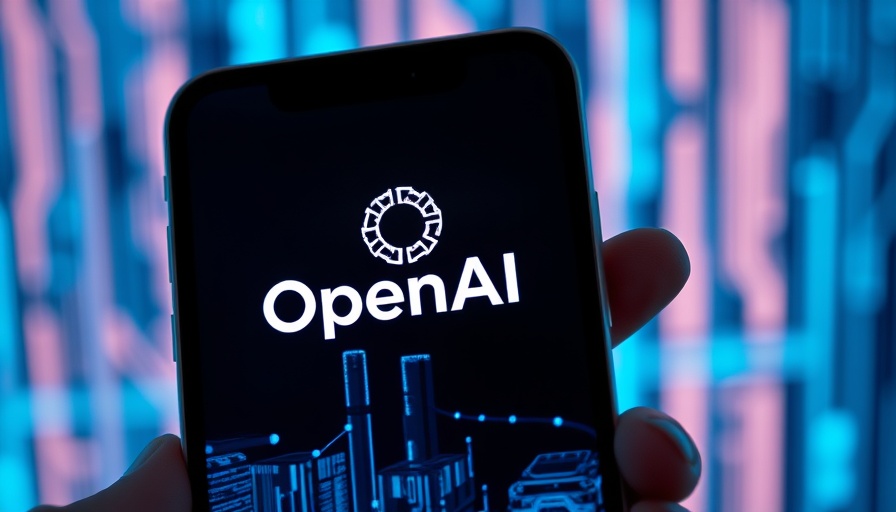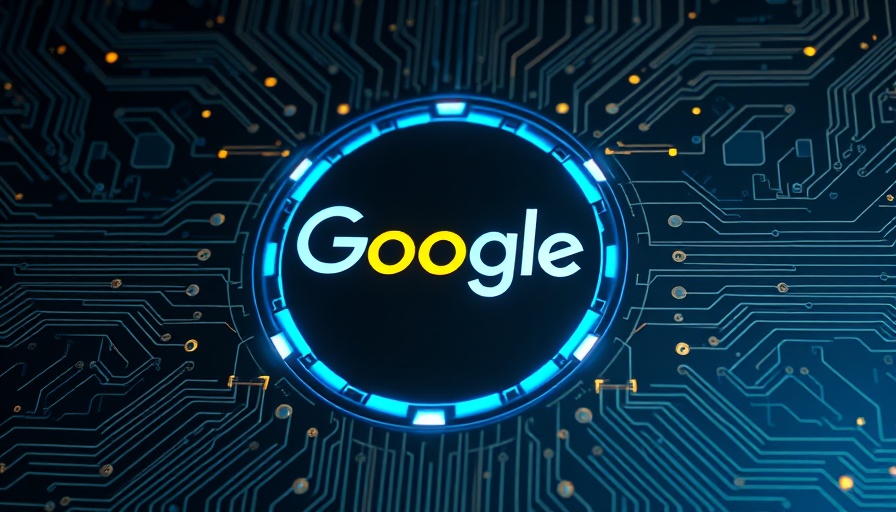
The End of GPT-4: A New Era Begins
As businesses continually seek innovative tools to enhance productivity and efficiency, the imminent retirement of GPT-4 from OpenAI’s ChatGPT service on April 30, 2025, brings both challenges and opportunities. With the launch of GPT-4o, which stands for ‘omni’, users are entering a new realm of artificial intelligence capabilities that will reshape how they interact with technology.
Why Is GPT-4 Being Retired?
The retirement of GPT-4 isn't indicative of its failure but rather a strategic pivot by OpenAI, reflecting its commitment to continuous improvement. Initially unveiled in March 2023, GPT-4 marked a significant leap in AI development, notably enhancing chat interactions and improving reasoning capabilities. However, OpenAI's latest offering, GPT-4o, is designed to outmatch its predecessor in almost every area—be it writing, coding, or following complex instructions. Transitioning to GPT-4o indicates OpenAI's willingness to refine user experiences, making the platform smarter and more intuitive.
What to Expect from GPT-4o?
For existing ChatGPT users, embracing GPT-4o promises an exciting transition. Unlike its predecessor, this model is optimized for multimodal interactions, effortlessly handling text, image, and audio inputs. The improved conversational flow and consistency of outputs underline OpenAI’s aim to provide a seamless user experience. Regular users have already begun experiencing these enhancements, focusing on faster responses and more natural conversational threads. The practical implications of these improvements can significantly impact business professionals—think of more productive meetings driven by sophisticated AI assistance or marketing campaigns that utilize swift content generation.
The Importance of Multi-Modal Capabilities
In today’s fast-paced business environment, the ability to handle various input types (text, image, audio) provides a competitive edge. GPT-4o’s multimodal functionality means that CEOs and marketing managers can leverage the AI’s capabilities to generate targeted content across multiple formats simultaneously. Imagine a scenario where an AI generates a marketing video, a social media plan, and associated blog posts within moments, streamlining workflow and resource allocation.
Future Insights: Upcoming Developments
OpenAI is not resting on its laurels with GPT-4o. The organization is already laying the groundwork for GPT-5, which promises to unify and simplify its series of AI offerings. With internal developments showing promise via models like GPT-4.5 (currently in research preview), businesses can prepare for even more powerful tools capable of handling complex tasks with greater efficiency. Such advancements hint at a future where AI will be an even more integral part of business strategies, aiding in decision-making, customer service, and beyond.
What This Means for Business Professionals
The phase-out of GPT-4 presents both a transition period and a chance for businesses to reassess how they implement AI. For companies traditionally relying on ChatGPT's functionalities, now is the time to explore the depth of GPT-4o. Investing in training and integrating this new capability could save valuable resources in the long run. Businesses that adapt quickly to new technologies often find themselves at the forefront of their industries, turning AI advancements into tangible success.
Conclusion: Embracing Change and Innovation
As OpenAI retires GPT-4, it signifies not just an end but the beginning of remarkable possibilities with GPT-4o. Organizations that embrace these changes will likely find increased innovation potential, enhanced operational efficiency, and a stronger competitive position in the market. It's advisable for professionals in tech-driven and marketing-centric sectors to stay informed and open-minded about the ongoing evolution of AI.
To effectively leverage these new tools, businesses should consider assessments of their current operations—how they use AI now and the gaps that GPT-4o can fill. By integrating this advanced model into everyday practices, companies can unlock further efficiencies and innovations, ensuring they are not just participants in the AI revolution but leaders in it.
 Add Row
Add Row  Add
Add 




 Add Row
Add Row  Add
Add 

Write A Comment